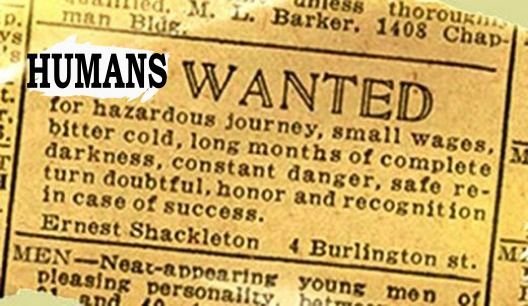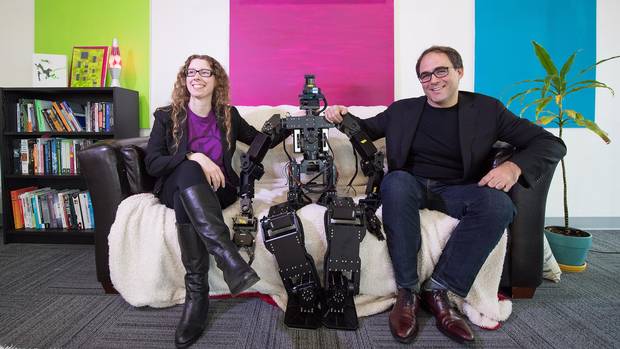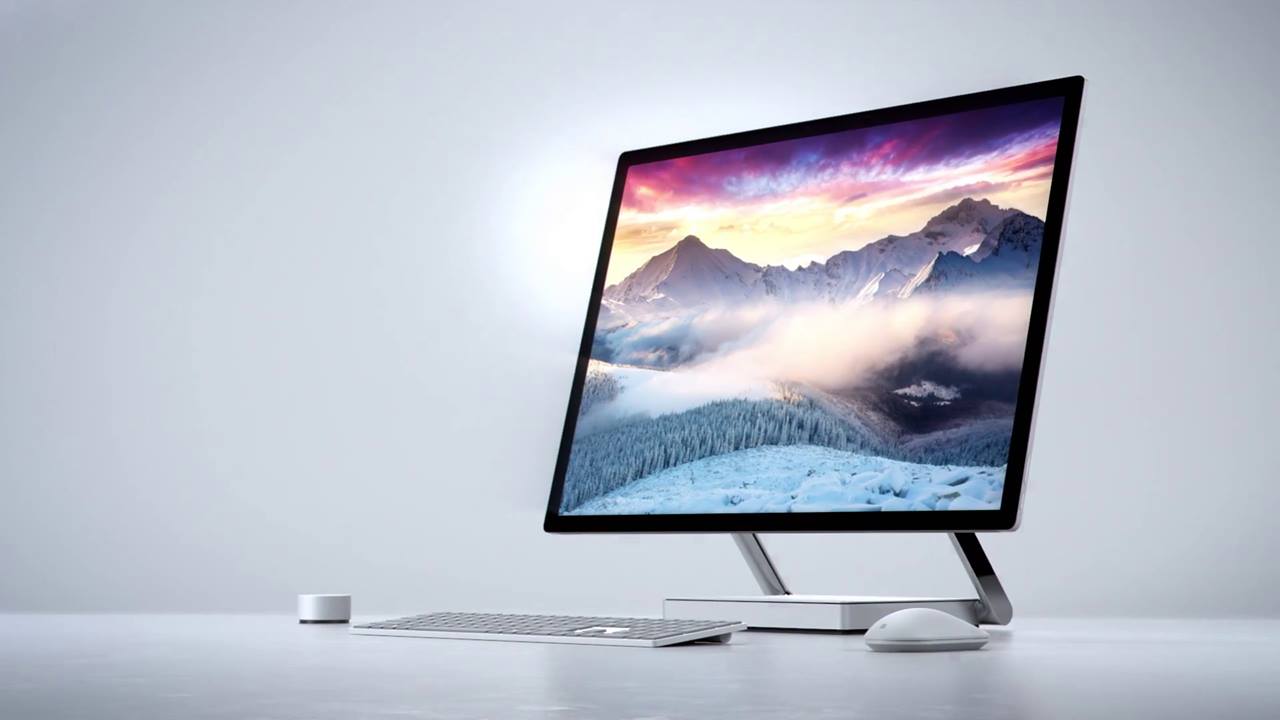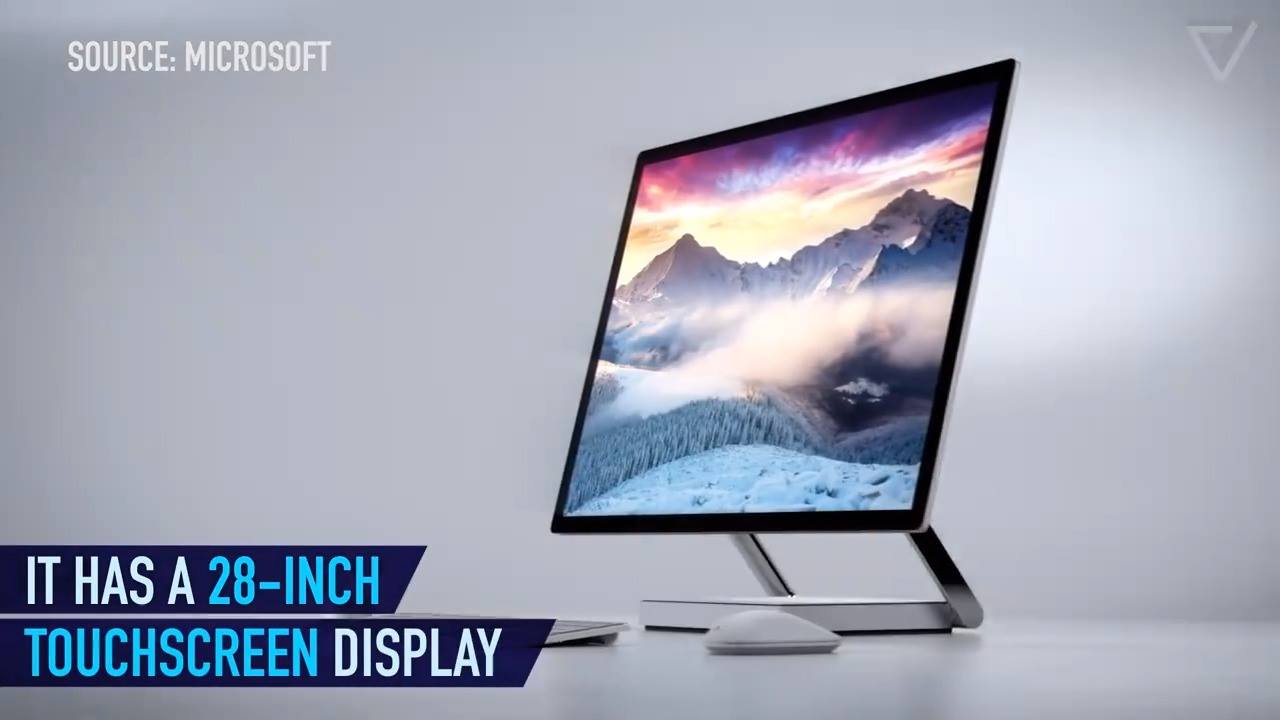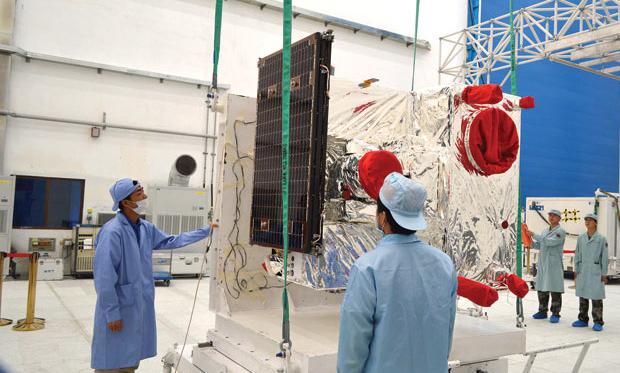You may not typically be firing on all cylinders when your alarm clock goes off, but French startup Holi says it has created an alarm clock that will fire on all cylinders for you. The Bonjour is a voice-controlled, artificially intelligent device that learns about the user and acts as their personal assistant.
First things first – the Bonjour has a rather natty design that sits somewhere between contemporary cleanliness and retro stylishness. Its 5.3-in (13.5-cm) diameter circular body leans back on four short and stumpy legs, while a circular color HD screen is set into its center.
Like the Kello alarm clock, the Bonjour is aimed at enriching the user’s life beyond just waking them up. Whereas the Kello aims to improve the quality of the user’s sleep though, the Bonjour wants to improve their waking hours.


